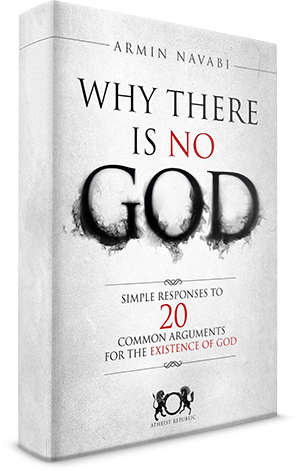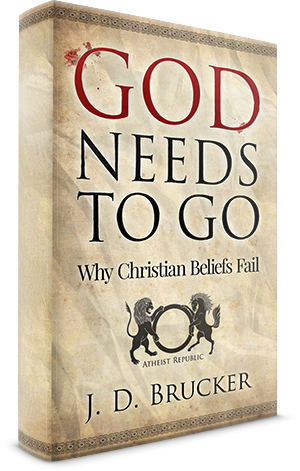
I’ve worked in the fine arts for many years. Much of the time, I find myself facing the groaning face of Jesus on a cross or a red-faced member of the clergy working himself into a frenzy. It's something of a typical workday. It’s also ironic: the atheist is in a position to peddle religion to the masses. I’m like that jerk who taunts dogs by pretending to throw a ball, all the while concealing it behind my back. It goes with the job.
The Fodder
The holy roots of high art run deep. Historically, art and religion are so caught up in each other that even surgery couldn’t separate them. The European peasant classes never saw art or heard music outside of church. The few lucky members of the aristocracy could afford to hire their own private painters, sculptors, and orchestras, but the pieces weren’t as complex or interesting, and for most, the church had a monopoly on the entertainment business.
Imagine life as a medieval peasant: your life is barren and cheerless. Every move you make, from the job you do to the food you eat is controlled by an overlord. Your life is completely centered on working someone else’s land and paying taxes. It’s a bleak picture. But here comes Catholicism to the rescue with Carnival - a lavish celebration in the days leading up to Lent. Even the lowest classes are allowed to overeat and drink themselves silly. There are parades and parties, all accompanied by sacred music.
Of course, there were other celebrations to break up the year, most of them falling on feast days and dedicated to saints. The working poor were required to participate in these celebrations at the churches and were treated to the arts in residence there: holy paintings, statues, choral performances. What a welcome diversion to the harshness of everyday life on the fief. Since this was the bulk of the entertainment enjoyed by most people, it isn’t any wonder that it was steeped in Christianity.
The Sum
Fast forward to the present: so many of our most famous pieces are old masters’ works. Madonna and Child shows are among the most popular in museums and galleries, and there is no shortage of sacred instrumental music. Much of a classical musician’s repertoire consists of cash cows such as Handel’s “Messiah” and Christmas concerts, and visual artists still crank out commissions centered on Bible stories. Books lauding modern miracles abound, and God’s holy hands still have a firm grip on the purse strings. Heavenly entertainment is good business.
Religious folks may or not see hypocrisy in an atheist artist accepting money in exchange for church-based work. It may help to think of it as visual or musical fiction. It isn’t the most comfortable part of the job, but it’s a big part of the territory.
The Holy Roast
Atheists in church environments often find themselves the subject of ridicule, or conversion targets. You’re on their turf. They feel like they have the upper hand. It doesn’t pay (literally or figuratively) to argue your case in sacred settings, and the whole episode often ends as an exercise in patience. Of course, there’s no need to allow one’s self to be the subject of religious bullying or cornered into hearing a lecture, but a quick and quiet exit may be in order.
And it could always be worse. Just think: half the people performing “The Hallelujah Chorus” are pretending not to be Jewish. Ssshhh!





























